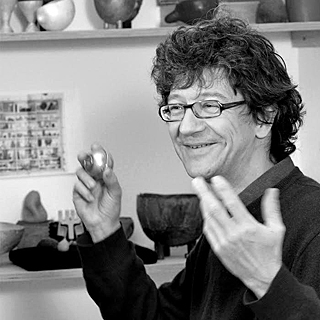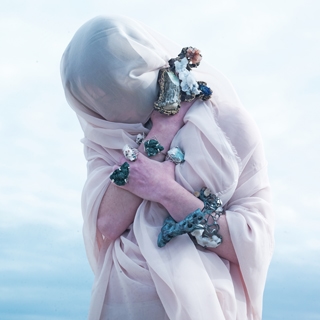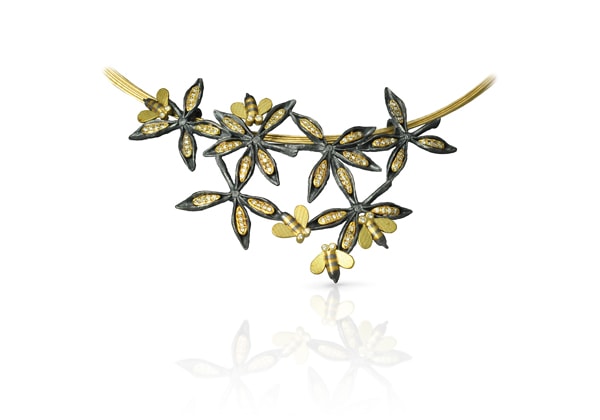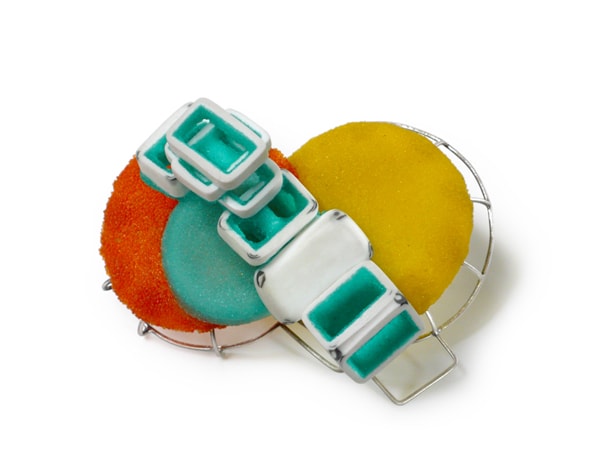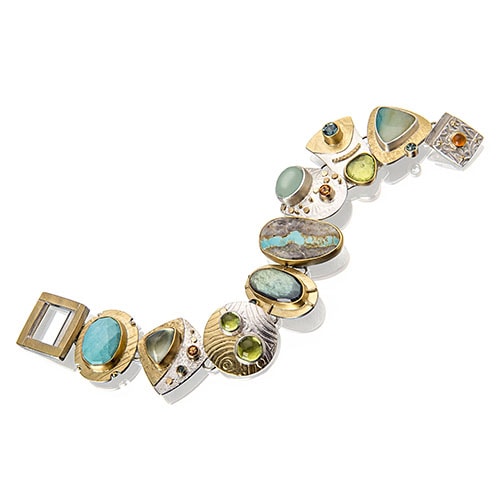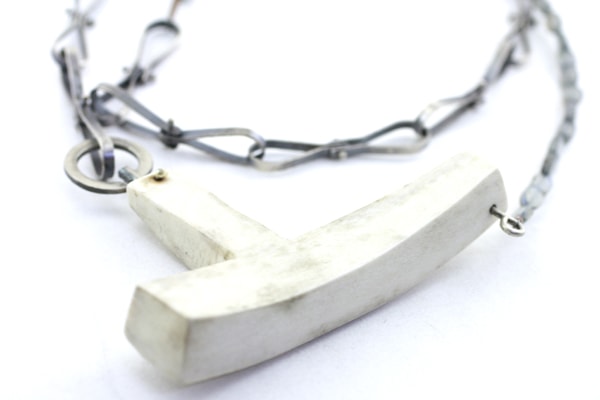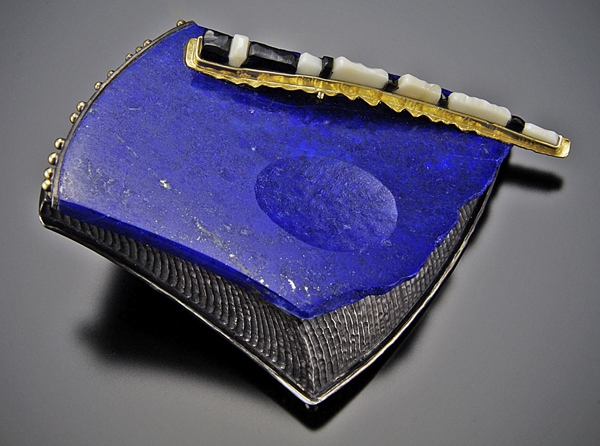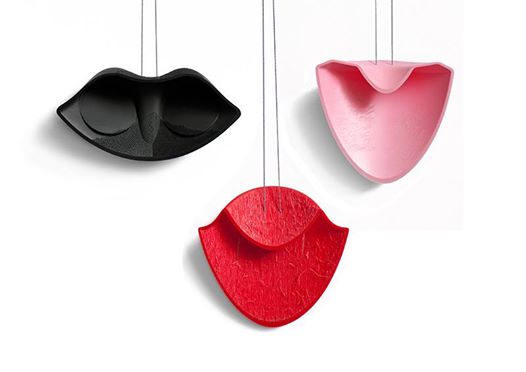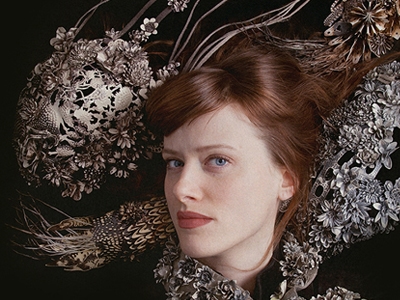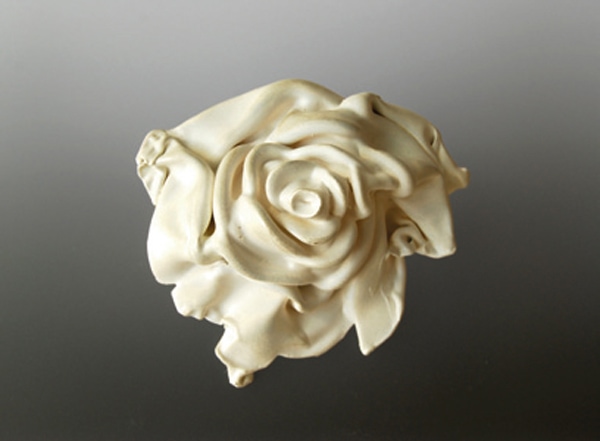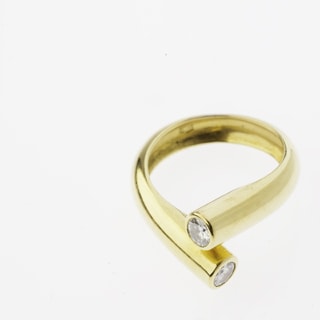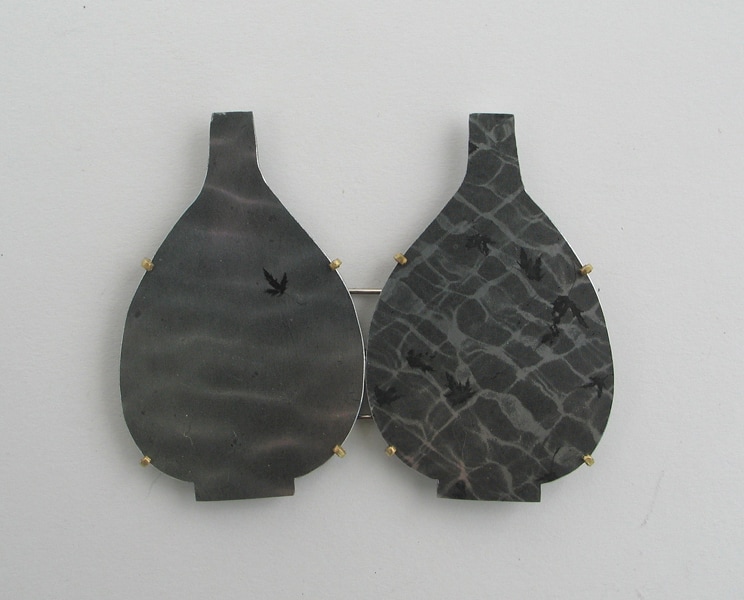 Rebecca Myers has been designing and fabricating custom jewelry for more than 20 years. Drawn to the sculptural, engineering, and problem-solving aspects of making, she is inspired by nature and its curiosities: her garden, the allure of the natural world, and the dichotomy that is captured in nature—the rough and the smooth, the dark and the light. Her designs are delicate and feminine, but with an edgy and organic quality. Rebecca is the featured artist for December at Gravers Lane Gallery in Philadelphia; on the eve of that exhibition, Bonnie Levine spent some time chatting with Rebecca about her work, inspirations, success, and longevity in the jewelry world.
Rebecca Myers has been designing and fabricating custom jewelry for more than 20 years. Drawn to the sculptural, engineering, and problem-solving aspects of making, she is inspired by nature and its curiosities: her garden, the allure of the natural world, and the dichotomy that is captured in nature—the rough and the smooth, the dark and the light. Her designs are delicate and feminine, but with an edgy and organic quality. Rebecca is the featured artist for December at Gravers Lane Gallery in Philadelphia; on the eve of that exhibition, Bonnie Levine spent some time chatting with Rebecca about her work, inspirations, success, and longevity in the jewelry world.
Bonnie Levine: How did you get started as a jeweler, and when did you realize you were hooked?
Rebecca Myers: I had to fulfill a craft requirement when I was a sophomore at Tyler School of Art in Philadelphia. While I was actually making something, the other kids in my class were melting things and setting their clothing on fire. I realized that I was actually pretty good at it. It initially was the path of least resistance. I then got hooked on figuring out how to design things that were desirable and wearable. Once I started down the path of putting an actual line together, the process got really exciting for me. I sold the small line I made my senior year to a gallery in New Hope, Pennsylvania. That $500 may as well have been $5,000. I was elated!
The hardest thing about building a successful jewelry line wasn’t acquiring or applying the skills, but figuring out how to make something that got people excited enough that they wanted to buy it, while still fulfilling my own aesthetic requirements. I wasn’t drawn to commercial jewelry, but was partially trained in that world. I worked for a jeweler in Milwaukee for five years or so. The skills I acquired working in that world have been a key to making the kind of work that appeals to the public. My work is the result of those skills, accompanied with an interest in fine art, fashion, and an art school education.
